-
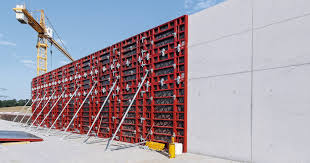
Importance of Formwork and Its Role in Civil Engineering
With the development of modern technology, the construction world is able to see a lot of benefits. In the present times, plans and designs are made by computers and there are concrete advancements being made in different civil engineering projects. When it comes to one of the techniques of construction that have gone through a lot of development it would have to be formwork. Yes, Formwork is a very important section of the construction industry and can also be called permanent or temporary form. The concrete is poured into the formwork and it subsequently becomes hard. Constrosystems is the leading formwork manufacturer and supplier in Mumbai.Read more -
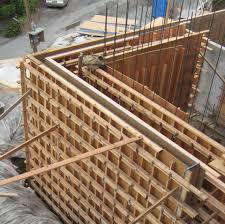
The Best Guide To Formwork
Formwork is a common activity found on most jobsites. Learning how it works can help improve your project.Concrete construction is a common activity found on most jobsites throughout the world, one of the critical activities that goes into making sure that the concrete ends up where it needs to be is formwork. This Guide provides information on designing, erecting, using and dismantling formwork.Read more -
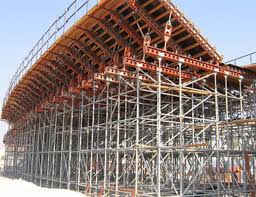
5 ELEMENTS OF SUPERIOR CONCRETE FORMWORK
Concrete is the most commonly used man-made material on earth. Given its particular properties, it is also among the most widely employed options for construction. This mixture of cement, sand, gravel and water begins as a wet substance unable to support its own weight, thereby requiring the use of a mold to achieve the desired shape and structure. In construction applications involving concrete, that mold is referred to as the formwork.Because formwork not only controls the concrete’s position and alignment, but also bears the weight of materials, equipment and workers, it must be expertly planned and applied. Here, we’re breaking down the specific elements of superior concrete formwork to help you develop an approach that meets the needs and specifications of your construction project.Read more -
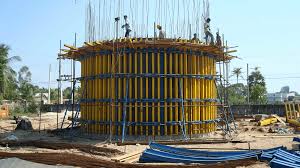
Use concrete casting formwork to make your building projects stand out
Do you want your building projects to reach new heights? If so, you should think about how useful concrete casting formwork can be. This new method is changing the business because it makes it easier and faster to make concrete structures that are strong and last for a long time. Whether you’re building something for a home or a business, using concrete casting formwork can help you get better results and make your construction projects more successful. In this piece, we’ll talk about the benefits of concrete casting formwork, look at the different kinds that are available, and give you some helpful advice on how to make the most of it. Get ready for this slab support system to change the way you build.Read more -
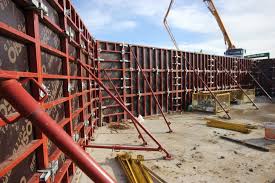
Formwork vs Falsework: What’s the Difference?
You may hear the words ‘formwork’ and ‘falsework’ thrown around on site from time to time. While they both are used to describe supports that help to form concrete, their roles in the process differ immensely.Both falsework and formwork date back thousands of years and have been used to construct buildings, viaducts and bridges for centuries, and they still play an important role as temporary support in construction projects of today.Read on to learn more about how formwork and falsework are different, what they do and how they support buildings, big and small.Read more -
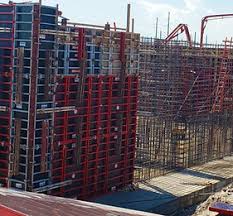
Improving Efficiency and Construction Quality with Proper Formwork
In the construction industry, formwork plays a vital role in creating strong and precise concrete structures. Formwork is a temporary mold used to contain and shape liquid concrete until it sets and gains sufficient strength. It acts as the backbone or temporary support structure for the concrete during the pouring and curing process. Without proper formwork, the liquid concrete would not maintain its shape and would fail to create the desired structure.One of the main benefits of formwork is the ability to achieve precise dimensional structures. Using carefully designed formwork, contractors can attain sizes and shapes that align with the design plan. Formwork helps control the dimensions and accuracy of the concrete structure being built, reducing the likelihood of errors and related losses.Read more -
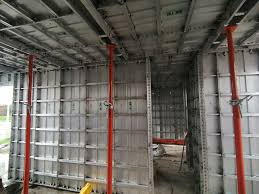
5 FUNCTIONAL REQUIREMENTS OF FORMWORK FOR CONCRETE STRUCTURE
Formwork is the system to support the plastic state concrete and to cast and keep in desired shape till it attains sufficient strength to support its own weight.Sometimes, formwork is not removed in some of the new technologies, known as stay in place formwork or lost in place formwork.Read more -

7 Things You Should Know About Concrete
Quickly hardening cement, warm weather and light loading conditions can allow for the early removal of formwork. Formwork should not be removed until all the concrete is able to withstand at least twice the amount of stress and pressure that the structure is expected to undergo. No matter when the formwork is removed, it should always be eased away gradually so that the load is slowly transferred to the concrete.Read more -
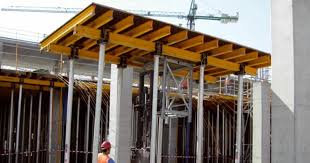
THE IMPORTANCE OF A GOOD FORMWORK
This last point is vital to achieve a magnificent fair-faced concrete finish. Excellence in the execution of the formwork, with meticulous attention and perfect attention to detail is essential to avoid any defect in this type of surface and achieve a sublime result.At Area Grande we have our own expert formwork team specialized in fair-faced concrete with extensive accredited experience and with outstanding results in all their actions. All this, added to our constant investment in research and training in innovative trends, processes and materials, positions us at the forefront of the sector, achieving unique and flawless executions.Read more -
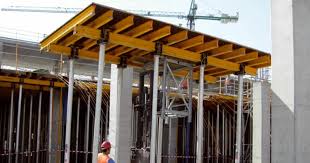
Why Concrete Formwork Is Important In Your Construction Project?
With the modernization and rapid advancement of the world, the building construction system is also rapidly developing. In recent years, several advanced technologies have been prevalent in the construction system that replaced the old methods of construction for better efficiency.The use of concrete formwork in construction projects, however, did not change with this rapid advancement. The reason behind it is the undeniably significant advantages formwork delivers to the construction system that is hard to replace.Read more -
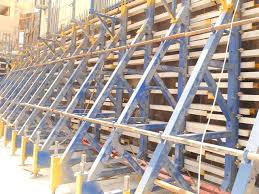
The Important Of The Concrete Formwork Drawings In Construction Works.
Concrete formwork is one of the most important and widely used tools in the construction industry today. So, what exactly is concrete formwork? What is their importance? In this blog, oceanBIM answers these questions and provides useful information to help you understand the function as well as the importance of concrete formwork drawings and much more…Read more -
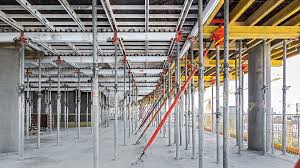
How Formwork Is Important in Construction
Undoubtedly, construction has become the base of modern civilisation. Construction has enabled the people to grow by offering the means essential to make life easy and comfortable whether it is a house, building, roads, bridges, etc. Modern technology played a vital role in the industry of construction. It has increased efficiency as well as speed incredibly and reduced costs also. Moreover, the materials used in construction now are flexible, durable and stronger, allowing for sustainable structures that are environmentally friendly and safe. Among the crucial factors that result in high-quality concrete construction is the formwork.Read more